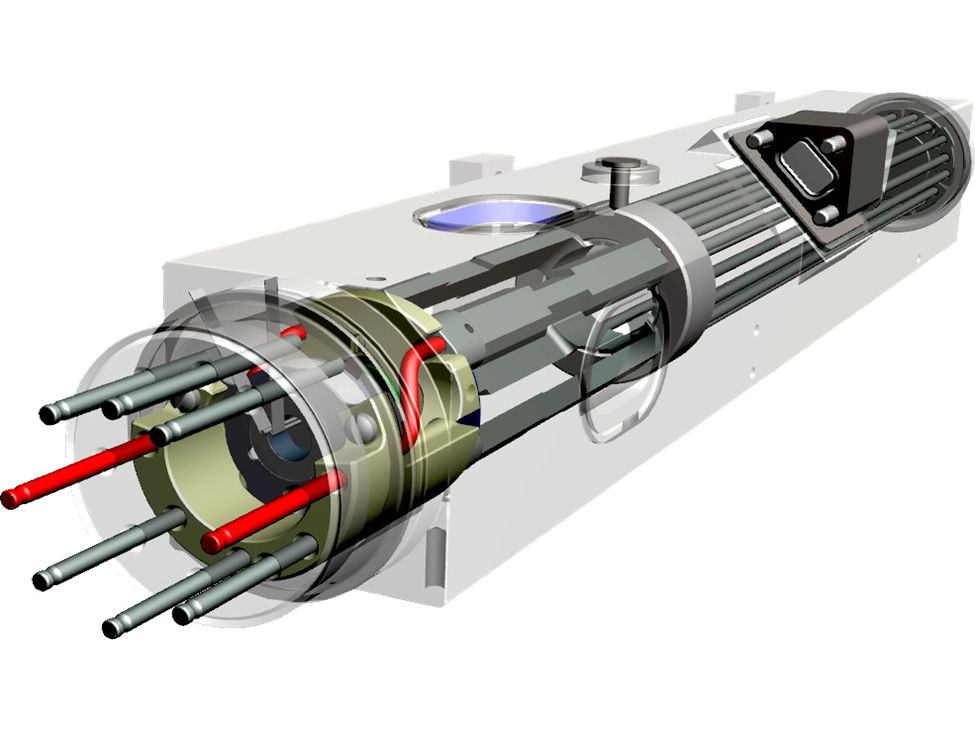Since the 1950s, the gold standard for timekeeping has been ground-based atomic clocks. These clocks measure very stable and precise frequencies of light emitted by specific atoms, using them to regulate the time kept by more traditional mechanical, quartz crystal clocks. This results in a clock system that can remain ultra-stable over decades. While ground-based atomic clocks are phenomenally accurate, their designs are too bulky, power hungry and sensitive to environmental variations to be practical for spaceflight. They need to be miniaturized and toughened in order to venture off our planet.
Atomic clocks, like those used in GPS satellites, are used to measure the distance between objects by timing how long it takes a signal to travel from Point A to Point B. For space exploration, atomic clocks must be extremely precise: an error of even one second can mean the difference between landing on Mars or missing it by hundreds of thousands of miles. Up to 50 times more stable than the atomic clocks on GPS satellites, the mercury-ion Deep Space Atomic Clock loses one second every 10 million years, as proven in controlled tests on Earth. Now, it’s testing that accuracy in space.
Launched in June 2019, NASA’s Deep Space Atomic Clock is a critical step toward enabling spacecraft to safely navigate independently in deep space rather than rely on the time-consuming process of waiting to receive directions from Earth. The Deep Space Atomic Clock will enable a shift to a more efficient, flexible and scalable clock architecture that will benefit future navigation and radio science.
The clock’s in-space mission will validate its stability in orbit, fully characterize its long-term performance, and demonstrate its capability as a navigation instrument.
The Deep Space Atomic Clock is hosted on a spacecraft provided by General Atomics Electromagnetic Systems of Englewood, Colorado. It is sponsored by the Technology Demonstration Missions program within NASA’s Space Technology Mission Directorate and the Space Communications and Navigations program within NASA’s Human Exploration and Operations Mission Directorate. JPL manages the project.
Contact
Clare Skelly
Headquarters
Washington
202-358-4273





























